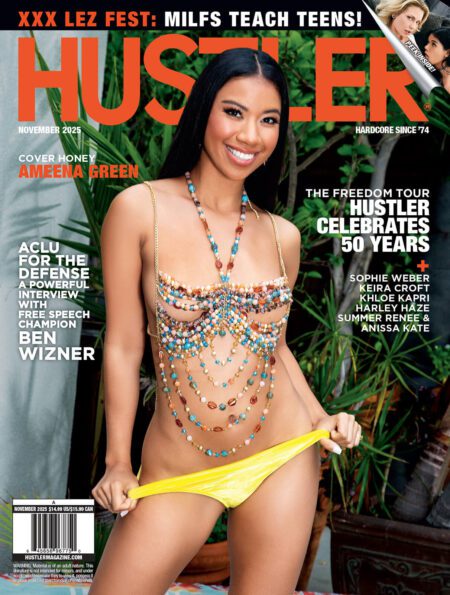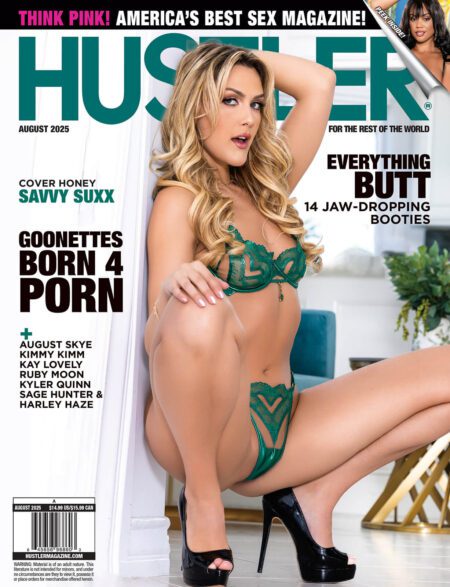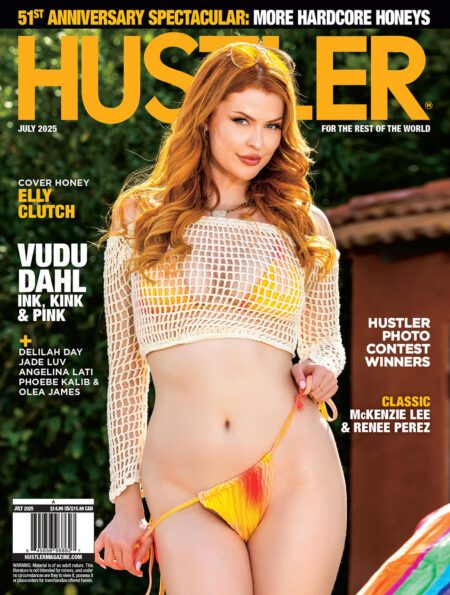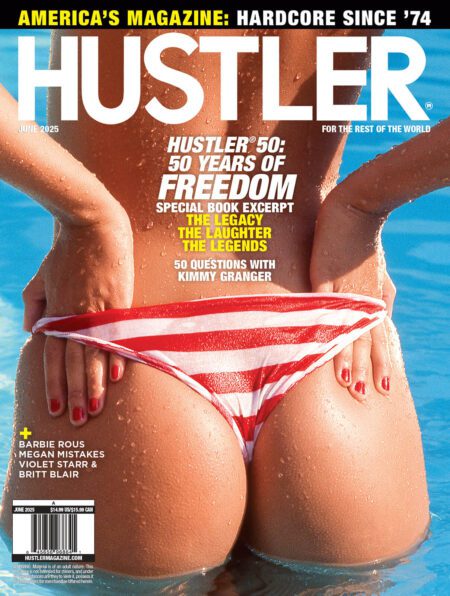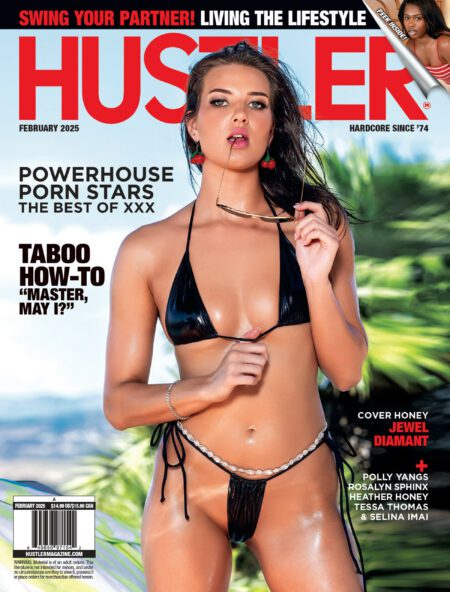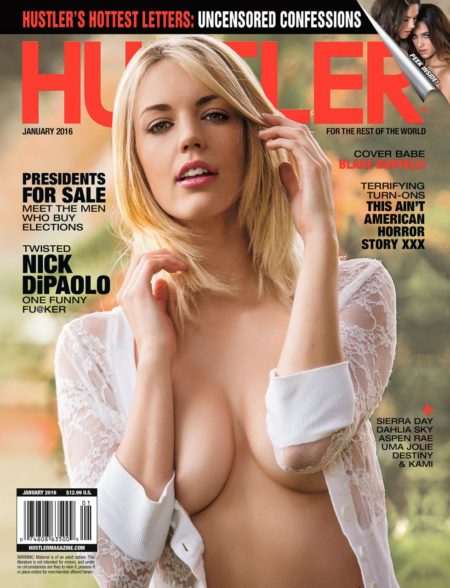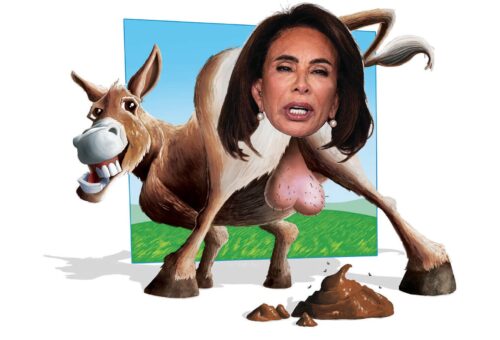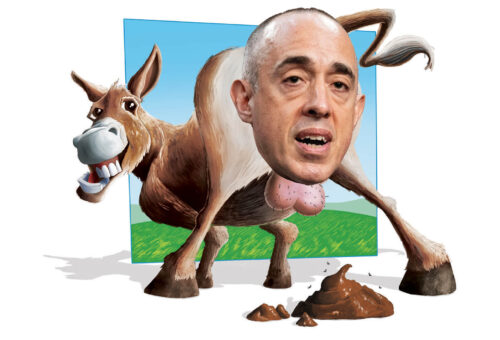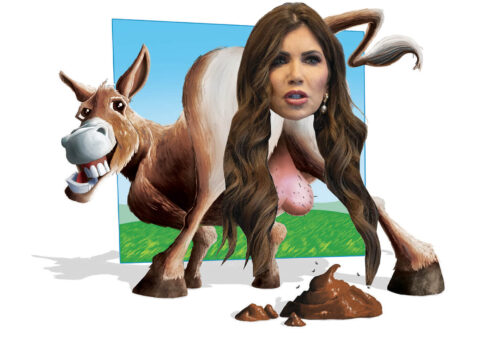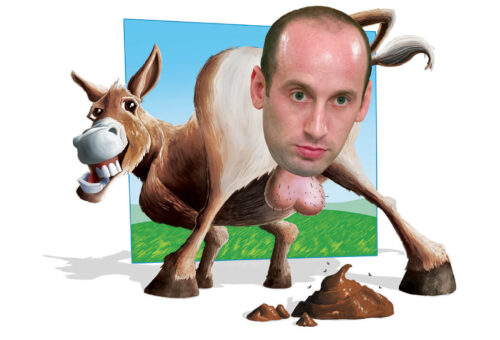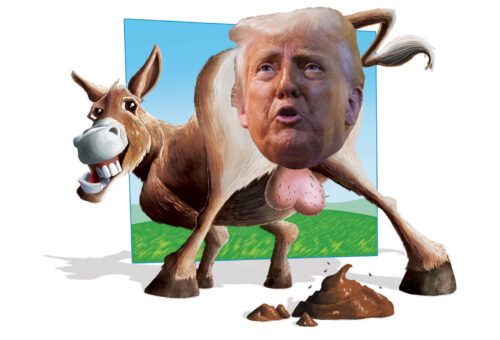Adios, Embargo!
Viva hookers, rum and cigars! The booze, the fried plantains and everything else just tastes better down there. Before the U.S. slammed the door shut in October 1960, Cuba was a veritable paradise. No one idolized it more than war correspondent, novelist and adventurer Ernest Hemingway. And not just for the great fishing. The casinos that the Mafia ran in Heming way’s Havana were more dazzling and exotic than any of the gambling dens springing up in hick towns across Nevada.
Being a sincerely radical young graduate student in August 1960, I was eager to observe the revolution that had shaken my Berkeley world, not to mention U.S. diplomacy. It’s hard to believe now that almost six decades have elapsed since a flight from Key West ferried a group of already-soused good-old- boy patriots and fellow hell-raisers eager to flee America the Beautiful in pursuit of the perfect hangover. Quite by coincidence, I had joined some redneck goofballs en route to Havana. Geez, my compadres were so buzzed, they had no inkling that the plane had even taken off from Florida’s extended southern toe.
Back then, Cuba was still the Caribbean island that Hemingway had celebrated: an intriguing and picturesque place to visit. But once the United States imposed an embar go, only travelers from other countries could experience Cuba’s incredible beaches and pristine fishing grounds. Turistas were able to easily ignore the impact of what ideologues in Washington, D.C., insisted on defining as a Communist threat 93 miles from our shore.
The embargo dragged Cuba into the worst nightmare of the Cold War when Catholic altar-boy-turned-menacing-Boy-Scout John F. Kennedy suddenly blinked in a reality check that averted a nuclear holocaust. Throughout it all, the only ideology to endure in Cuba has been the more humane Latin American incarnation of the Roman Catholic Church. Its prelates finally managed to accommodate the Communists running the island just as smoothly as they had Fidel Castro’s right-wing predecessor.





